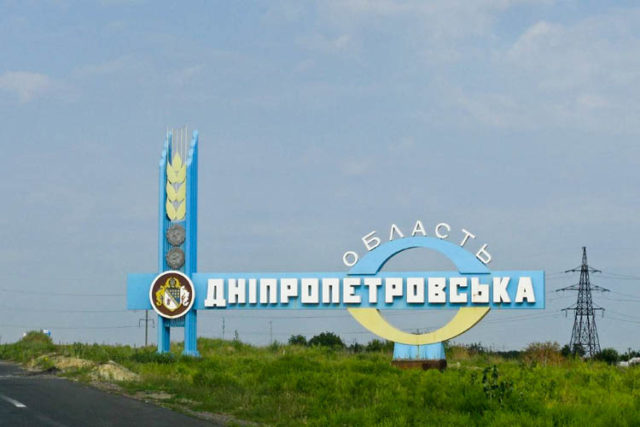
Ukraine Eliminating Communist-Era Legacy Names in Dnipropetrovsk
By:

Since the 2014 EuroMaidan revolution, a series of “de-Communization” efforts have been taking place in Ukrainian regions and cities across the country. One of the main streets in the resort town of Zaporozhia, for example, has been changed from Lenin Street to Cathedral Street. Of course, the renaming of places to reflect political ideology is nothing new—the city of Ekaterinoslav (Russian for “glory to Catherine”) was renamed Dnipropetrovsk in 1926, in honor of the Communist official Gregory Petrovsky. Petrovsky was particularly offensive to Ukrainians as he was one of the organizers of the Holodomor, the artificial famine organized by Joseph Stalin in the 1930s, in which roughly 5.5 million Ukrainians died, depending on the estimate. In 2016, the city’s name was changed again: this time, simply to Dnipro (Narodnaia Prava Ukraine, March 10). Likewise, Lenin Street in Dnipro has reverted back to its original name: Church of the Ascension Street.
Shortly after he was elected, Ukrainian President Petro Poroshenko signed a decree on de-Communization, providing Dnipro with an imperative to rename its streets and places of public memory. The latest initiative is to rename the Dnipropetrovsk region as a whole, of which the city of Dnipro is the capital. The concept of renaming the region was first brought up in 2015. And the consensus at present has settled on choosing a name would implicitly reflect the region’s imagined past. In Dnipro, more than 150 deputies recently gave their assent to change the name of the region to “Sicheslav” or “glory to the [Cossack] fortress” (Tsn.ua, April 27). The original idea for the name appears to have come from civil society organs. The chief architect of the bill, non-profit director Andriy Denysenko, said,
The heart of the region will regain the name given to its ancestors. After 300 years of Russian captivity, the celebrated spirit of the Sich will once again burst over the steppe and the ravines of the Dnieper. Finally, the name of Sich is the protector of Ukraine and the most fitting for the region that stopped Putin (Zik.ua, April 6).
The last reference is to the fact that Russian President Vladimir Putin’s planned “Novorossiya uprisings” throughout southeastern Ukraine in 2014 fizzled out in many border regions to Donetsk, including Dnipropetrovsk region.
The fact that the names of streets and other institutions are being changed is entirely in line with social science theories about the recreation of identity. Perhaps what is most interesting about the story is what is considered a “usable past” for Ukraine. The name Sicheslav is a reference to the architectural remains of the Cossacks, which litter the region and are now the site of numerous archeological digs (or in local terms, “ethnographic parks”). Indeed, social activists pointed out that the proposed region of Sicheslav is home to five of the original eight fortresses of the Zaparozhian Cossacks (made famous by, amongst others, Gogol’s novel Taras Bulba): Tomakovskaya, Nikitinskaya, Basavltskaya, Chertomlytskaya and Podpilnenskaya. A petition in favor of the Sicheslav name had over 3,000 official signatures (Narodnaia Pravda Ukraine, March 10).
Ever since the EuroMaidan revolution and the outbreak of war in the Donbas region of eastern Ukraine, the militant image of the Cossack has loomed ever larger in a Ukraine, which suddenly needed to create a professional military where none had existed previously. The Cossack image has also proven useful both in encouraging and motivating ordinary Ukrainians to enter military service as well as to inspire a patriotic upbringing of Ukrainian youth. Since its independence 1991, the Ukrainian national anthem has referred to the country as a Cossack nation. With the potential renaming of Dnipropetrovsk, the Cossack image seems to be gaining even greater importance.



